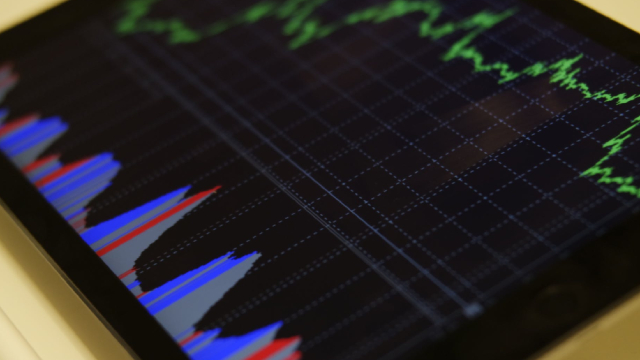Understanding the Complexities of Leveraged ETFs: A Closer Look at ProShares UltraPro Dow30 ETF
Leveraged Exchange-Traded Funds (ETFs) have gained immense popularity among investors due to their potential for amplified returns. Among these, the ProShares UltraPro Dow30 ETF (UDOW) stands out for its 3X daily leverage, making it an attractive choice for swing traders. However, the 3X leverage comes with its unique set of challenges, particularly the occurrence of drift.
What is Drift in Leveraged ETFs?
Drift refers to the deviation of the ETF’s price from the desired multiple of the underlying index’s daily performance due to compounding effects. In simpler terms, it’s the discrepancy between the ETF’s intended leverage and its actual performance over time.
Positive and Negative Drift
Two types of drift can occur in leveraged ETFs: positive and negative. Positive drift takes place when the underlying index trends steadily, allowing the ETF to maintain its intended leverage. Conversely, negative drift occurs when the underlying index experiences high volatility, causing the ETF’s price to deviate significantly from the desired multiple. In the case of UDOW, it exhibits a negative average drift.
Impact on Swing Traders
For swing traders, understanding the potential for negative drift is crucial. When holding UDOW for a short period, the impact of negative drift might not be significant. However, as the holding period increases, the deviation from the intended leverage becomes more pronounced, potentially leading to unexpected losses.
Implications for Buy-and-Hold Strategies
UDOW is not suitable for buy-and-hold strategies due to its path-dependent behavior. The compounding effects of negative drift over extended periods can result in substantial losses that may outweigh any potential gains. It is essential for investors to recognize that leveraged ETFs are designed for informed traders who understand their complexities and can effectively manage the risks.
Impact on the World
The widespread use of leveraged ETFs like UDOW can introduce additional volatility to financial markets. As these funds amplify the daily performance of their underlying indices, they can significantly impact market trends and price movements. Moreover, the potential for negative drift can lead to unexpected consequences, potentially disrupting market stability.
Conclusion
The ProShares UltraPro Dow30 ETF (UDOW) offers the potential for amplified returns through its 3X daily leverage. However, this leverage comes with the risk of negative drift, which can lead to unexpected losses, particularly for investors holding the fund for extended periods. Swing traders should be well-versed in the complexities of leveraged ETFs and effectively manage the risks. Meanwhile, the implications for the financial world are significant, with potential disruptions to market stability due to the compounding effects of negative drift in these funds.
- Leveraged ETFs like UDOW offer amplified returns through daily leveraged exposure to an underlying index.
- Negative drift occurs when the ETF’s price deviates significantly from the intended multiple due to compounding effects.
- Swing traders should understand the risks associated with negative drift and effectively manage their positions.
- The widespread use of leveraged ETFs can introduce additional volatility to financial markets and potentially disrupt market stability.





